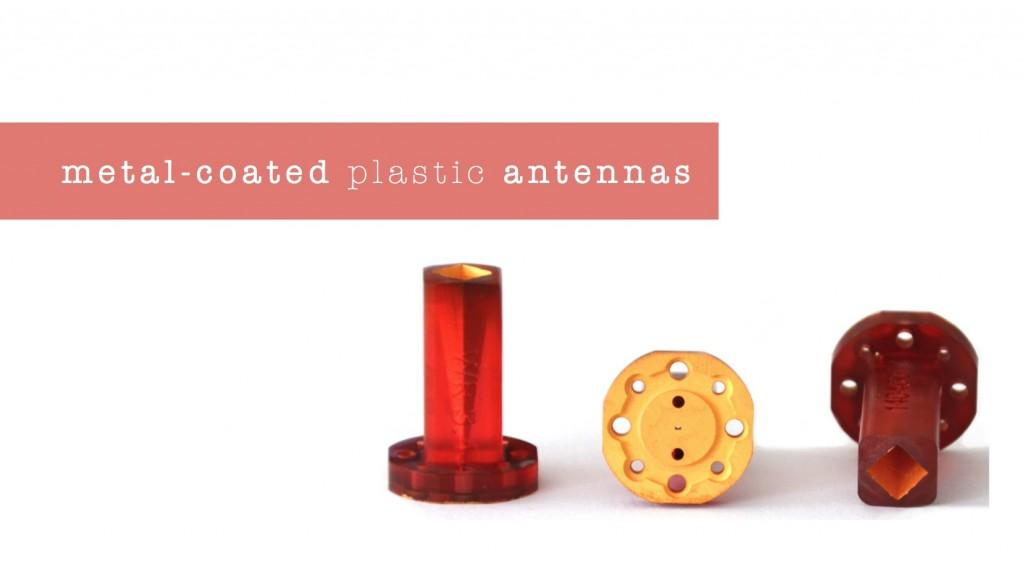 As with most new highly progressive technologies that seem to leap onto the scene out of nowhere, lighting the world afire with new products, materials, and inventions–it takes a while for them to be taken seriously–even as they are responsible for changing industrial processes–and changing lives.
As with most new highly progressive technologies that seem to leap onto the scene out of nowhere, lighting the world afire with new products, materials, and inventions–it takes a while for them to be taken seriously–even as they are responsible for changing industrial processes–and changing lives.
While 3D printing has more than proven itself in the area of medicine, allowing for quality, affordable 3D printed prosthetics, devices, and implants, it has also offered a way for manufacturers in a wide range of other sectors to provide quality components more quickly and affordably. But even with that and far more listed on the resume for 3D printing currently, as the human fascination with space persists, nothing validates the technology more than knowing we trust it to be jettisoned away from Earth and function reliably in what continues to be for most of us–the great unknown. The general consensus seems to be if it’s good enough for NASA, then 3D printing is definitely a valid process in the eyes of the world–and one that should be followed.
While we’ve spent a considerable amount of time recently reporting on 3D printers actually going to space to the ISS and being used by astronauts, we’ve also made note lately of a number of ways the technology can be used for the more common reasons we rocket vehicles into space–like communication satellites. This is a vast arena and priority for multiple entities worldwide, putting satellites–and their antenna arrays, which can now, as we’ve reported before, be 3D printed, and sent into space.
So while there may be 3D printers in space pumping out tools and self-sustaining devices for astronauts, making way for the future, there are also numerous extremely important–but less glamorous–3D printed items like antennae lending their lightweight attributes and affordable nature to life in space.
 The European Space Agency, always looking forward and reaching forward is now working with SWISSto12, a spinoff of Ecole Polytechnique Fédérale de Lausanne (EPFL). Founded four years ago, SWISSto12 is now also a member of the Swiss Space Center.
The European Space Agency, always looking forward and reaching forward is now working with SWISSto12, a spinoff of Ecole Polytechnique Fédérale de Lausanne (EPFL). Founded four years ago, SWISSto12 is now also a member of the Swiss Space Center.
SWISSto12 and the ESA have just signed a contract for the Swiss company to continue developing their metal-plated polymer design for 3D printed antennas which can indeed be sent to space for satellite communications–and more.
“SWISSto12 supplies 3D printed antennas and waveguide components for microwave and mm-wave signal transmission,” states the team on their website. “Monolithic components are 3D printed out of plastic polymers and subsequently metal plated with copper and protected for oxidation with gold.”
The startup began development of the antennae from their headquarters at EPFL’s Innovation Park, 3D printing them at exponential savings–as well as a lighter weight–to the tune of ten times so.
Obviously, that was an attractive equation for the ESA (as well as the Swiss Space Office, which is supporting the project as well), which wants to use the technology not only for use in space but also a bevy of logical commercial uses for the communications sector.
“When we talk to customers about our products, it’s almost as if we were talking science fiction at first. But when they see the antennas and the test results, they start to come around,” said Emile De Rijk, CEO of SWISSto12.
 While the high quality–yet affordable–innovative antennas can be used for space satellites, the ESA as well as SWISSto12 see that there is a still a vast amount of potential just on Earth for the new lightweight antennas. The ESA is also looking ahead to all the potential to be mined in terms of internet via satellite which will allow a world of multi-tasking individuals to have online access whether they are in a car or riding in a boat or plane.
While the high quality–yet affordable–innovative antennas can be used for space satellites, the ESA as well as SWISSto12 see that there is a still a vast amount of potential just on Earth for the new lightweight antennas. The ESA is also looking ahead to all the potential to be mined in terms of internet via satellite which will allow a world of multi-tasking individuals to have online access whether they are in a car or riding in a boat or plane.
SWISSto12 sees other impacts as well. These specialized, 3D printed antennas could have the ability to improve and reduce dome size situated above the fuselage areas of planes.
“Improved aerodynamics also mean saving on kerosene,” said De Rijk.
Their parts are 3D printed with polymers and then coated in metal with their unique and patented approach, which offers a better way of manufacturing parts like the antennas, rather than the traditional methods–quickly becoming outdated–which require assembly of numerous machined parts. The 3D printed antennas are small structures containing networks of channels produced with precision and accuracy.
As our world is driven by communication, you may not often stop to think of the crucial role antennas play in our lives. With well-designed, high-quality antennas, communications and high wave frequencies are better controlled and their abilities can be better expanded.
How do you see 3D printed antennas affecting various sectors? Discuss this topic in the SWISSto12 3D Printed Satellite Antennas forum thread over at 3DPB.com.
Subscribe to Our Email Newsletter
Stay up-to-date on all the latest news from the 3D printing industry and receive information and offers from third party vendors.
Print Services
Upload your 3D Models and get them printed quickly and efficiently.
You May Also Like
SBA Grant Boosts Ohio State University’s 3D Printing Workforce Development
The Ohio State University (OSU) is a powerhouse in football, and, thanks to its Center for Design and Manufacturing Excellence (CDME), it is also a powerhouse in additive manufacturing (AM). I’m...
Rise of the Asian Dragon: How China Is Reshaping Advanced Manufacturing
For decades, the global map of advanced manufacturing was largely split between the West and Europe. North America held the lion’s share of additive manufacturing (AM) revenue, followed by Europe....
Carolina Cluster: 3D Printing Integral to Savannah River National Laboratory’s New Advanced Manufacturing Collaborative
The story of manufacturing unfolds in hubs, and in the U.S. since the aftermath of World War Two, federally-funded national laboratories have played a major role in helping those hubs...
Authentise and Kform Tackle Defense Bottlenecks with Project DDNA — A Scalable Business Opportunity?
Authentise, a Philadelphia and UK-based software provider specializing in workflow management solutions for digital manufacturing technologies, has launched Project DDNA, a defense-oriented platform built off of its Threads and Flows...



































